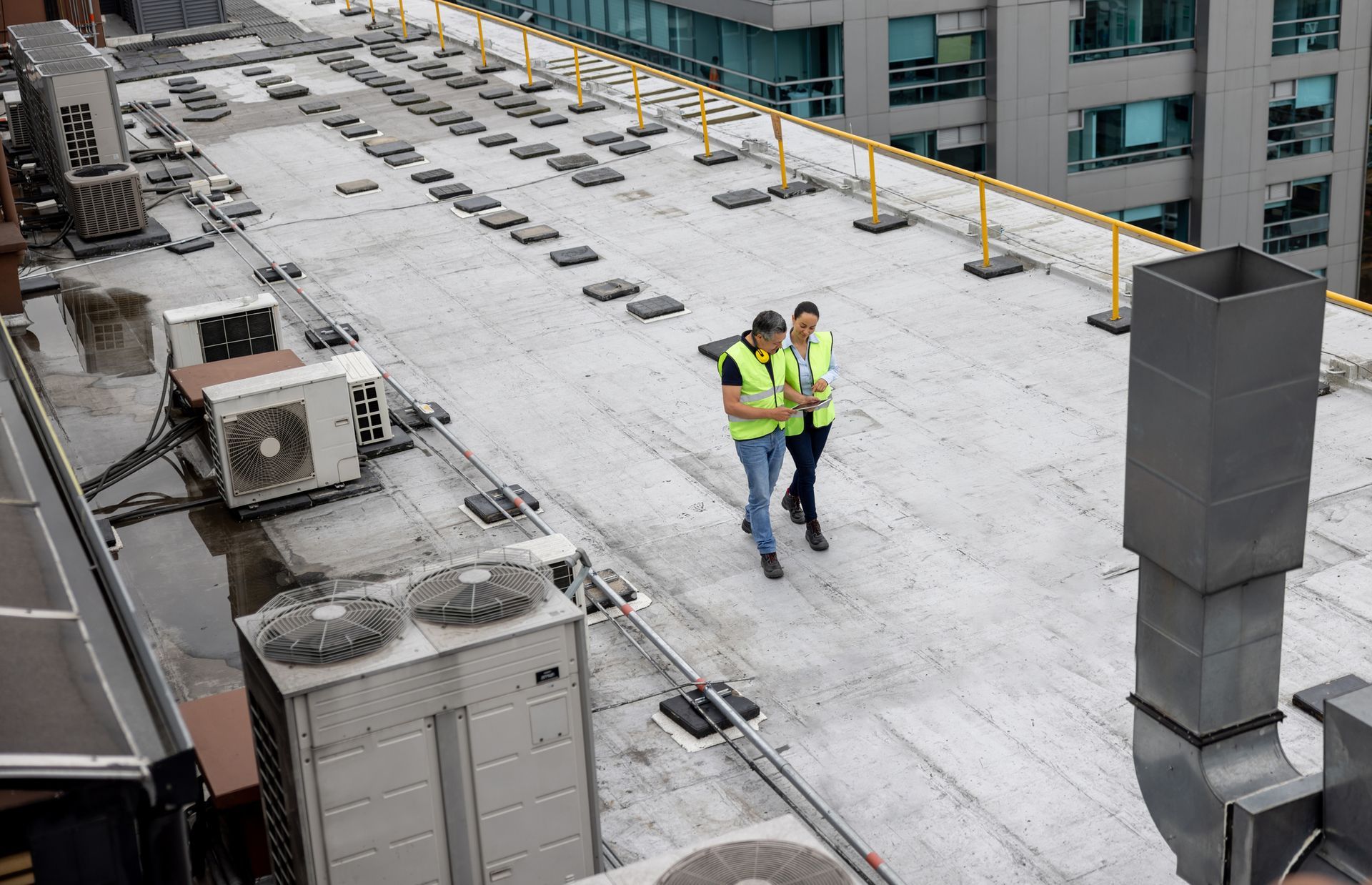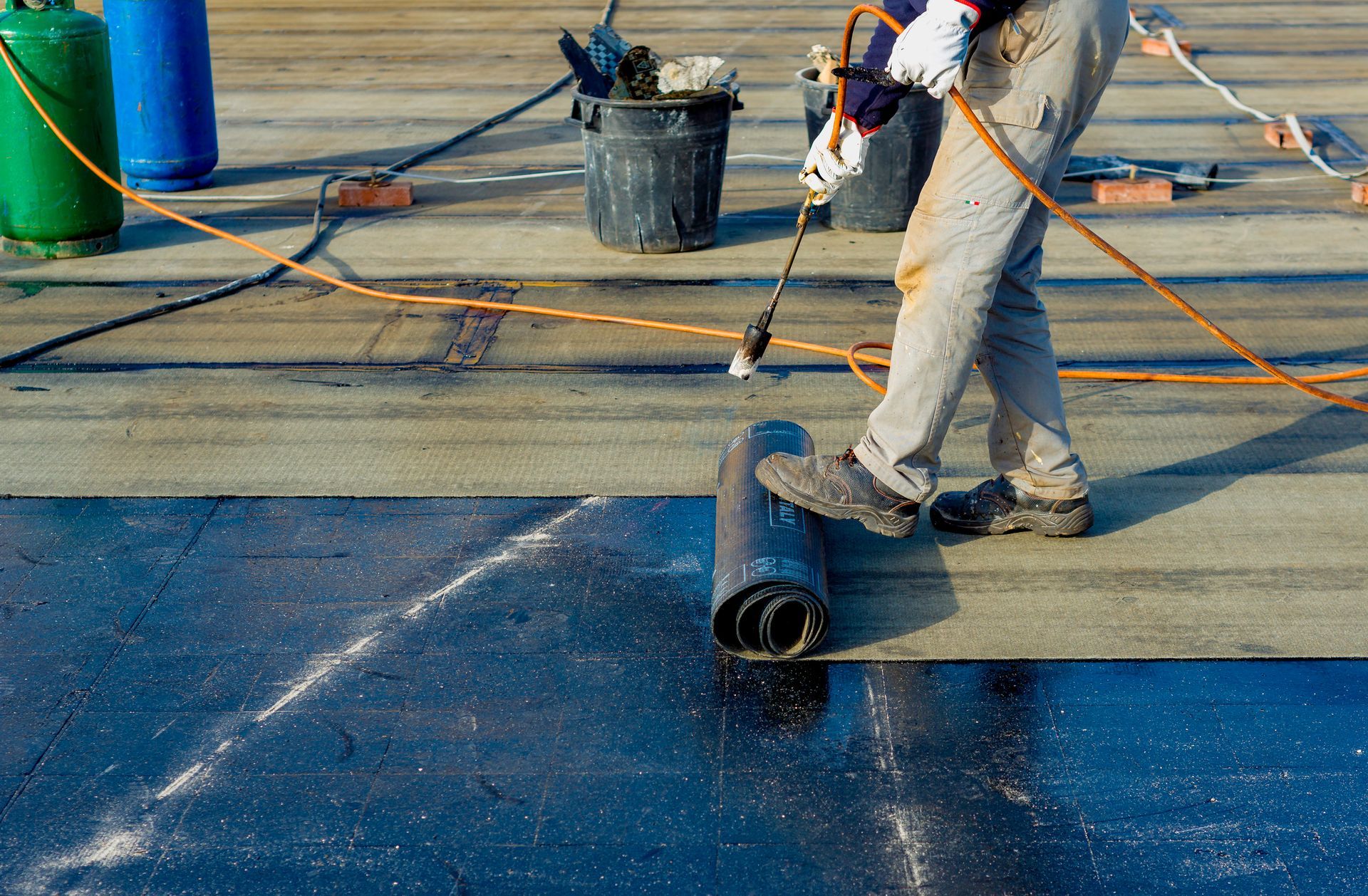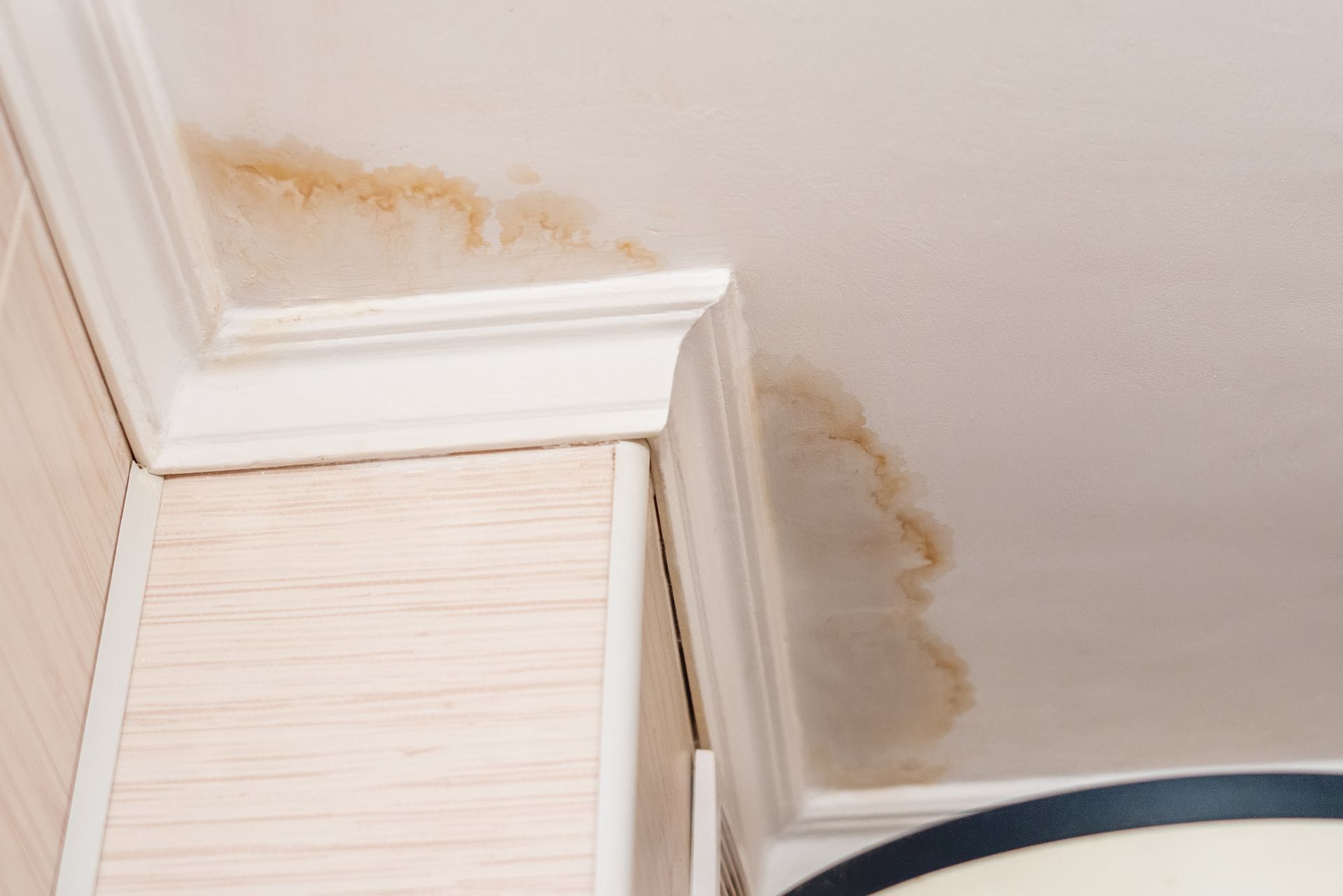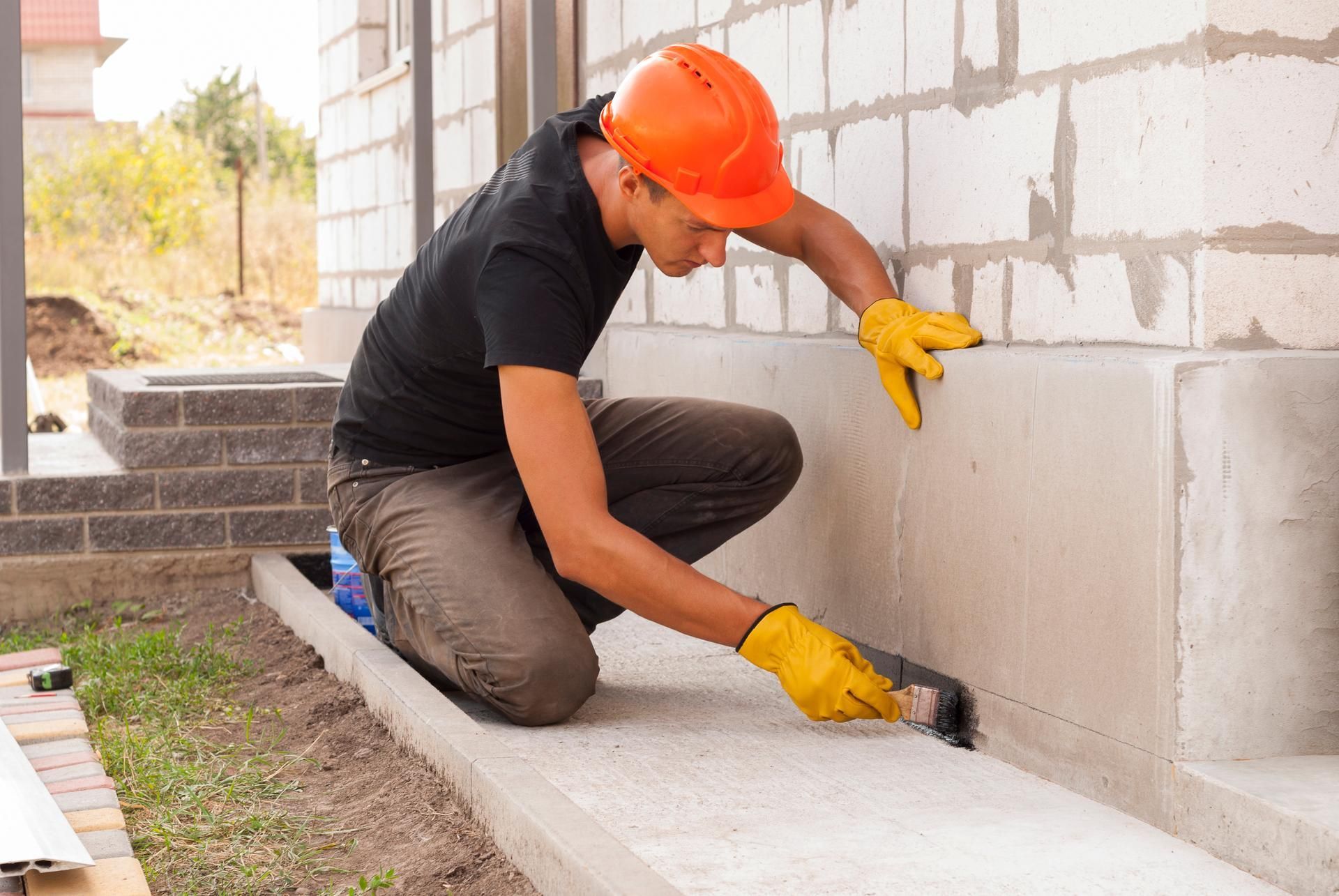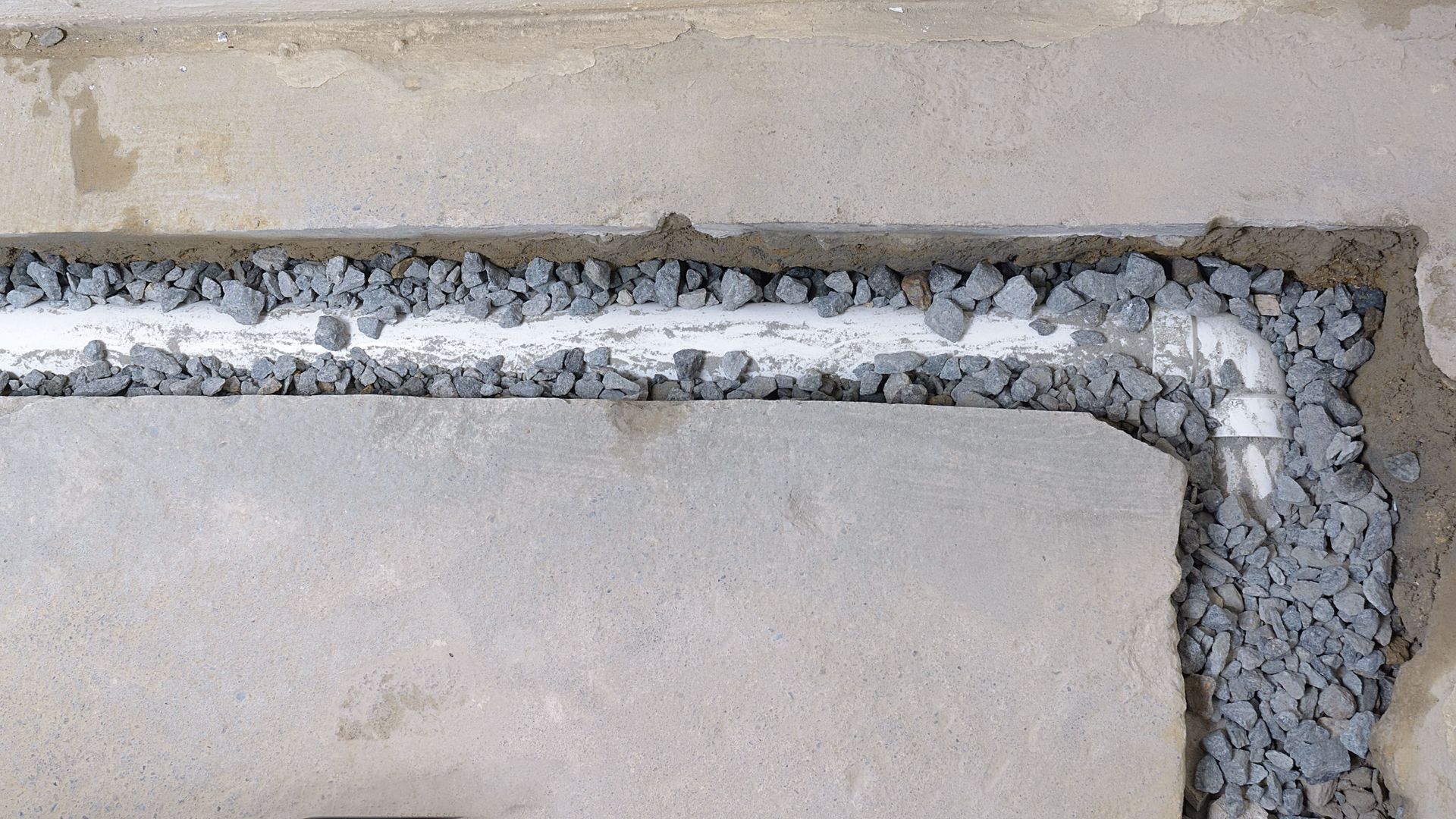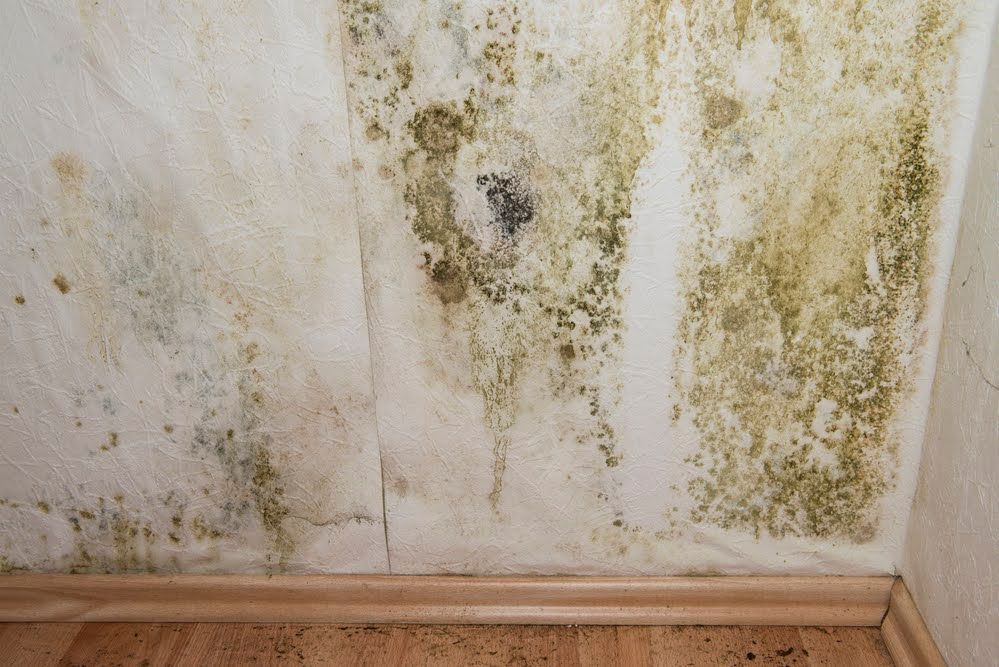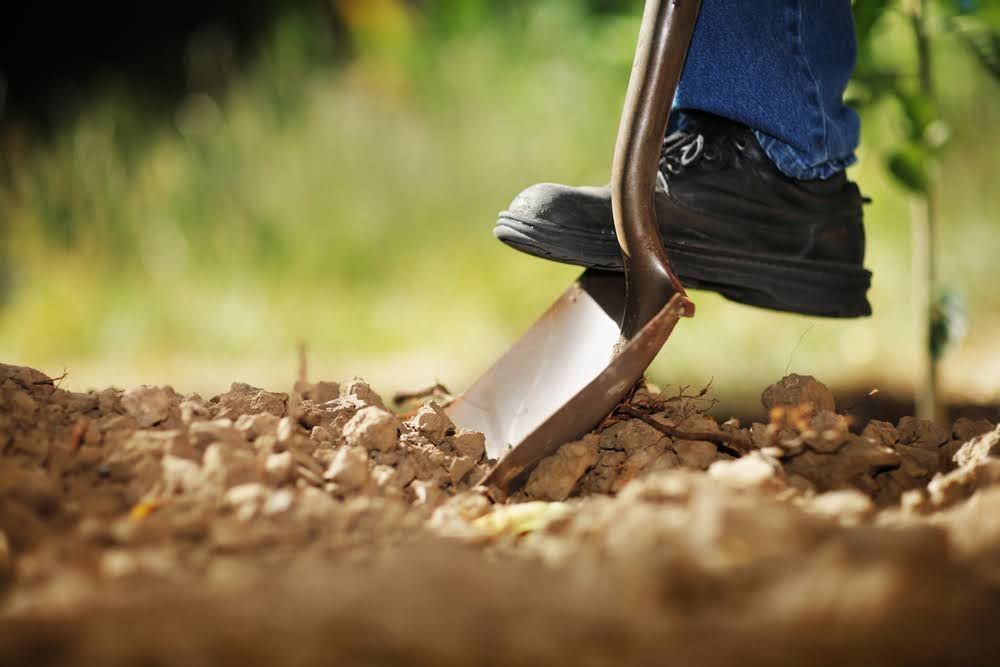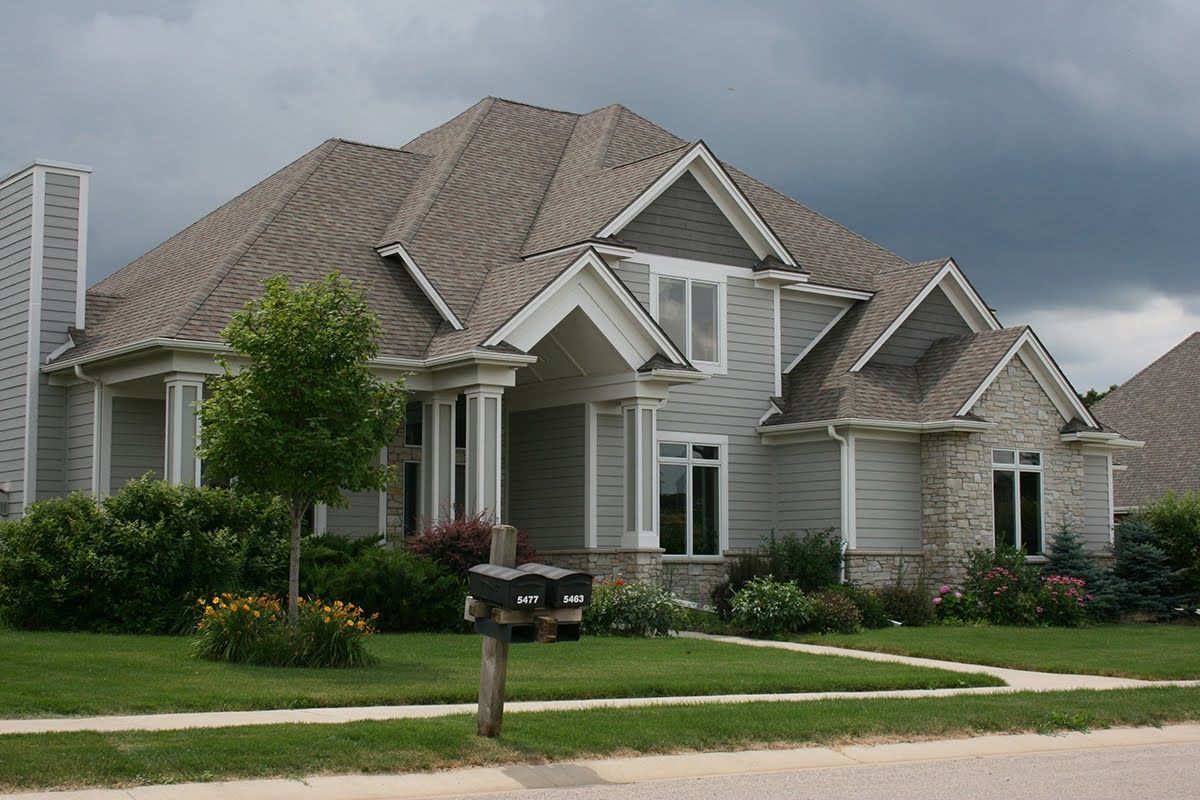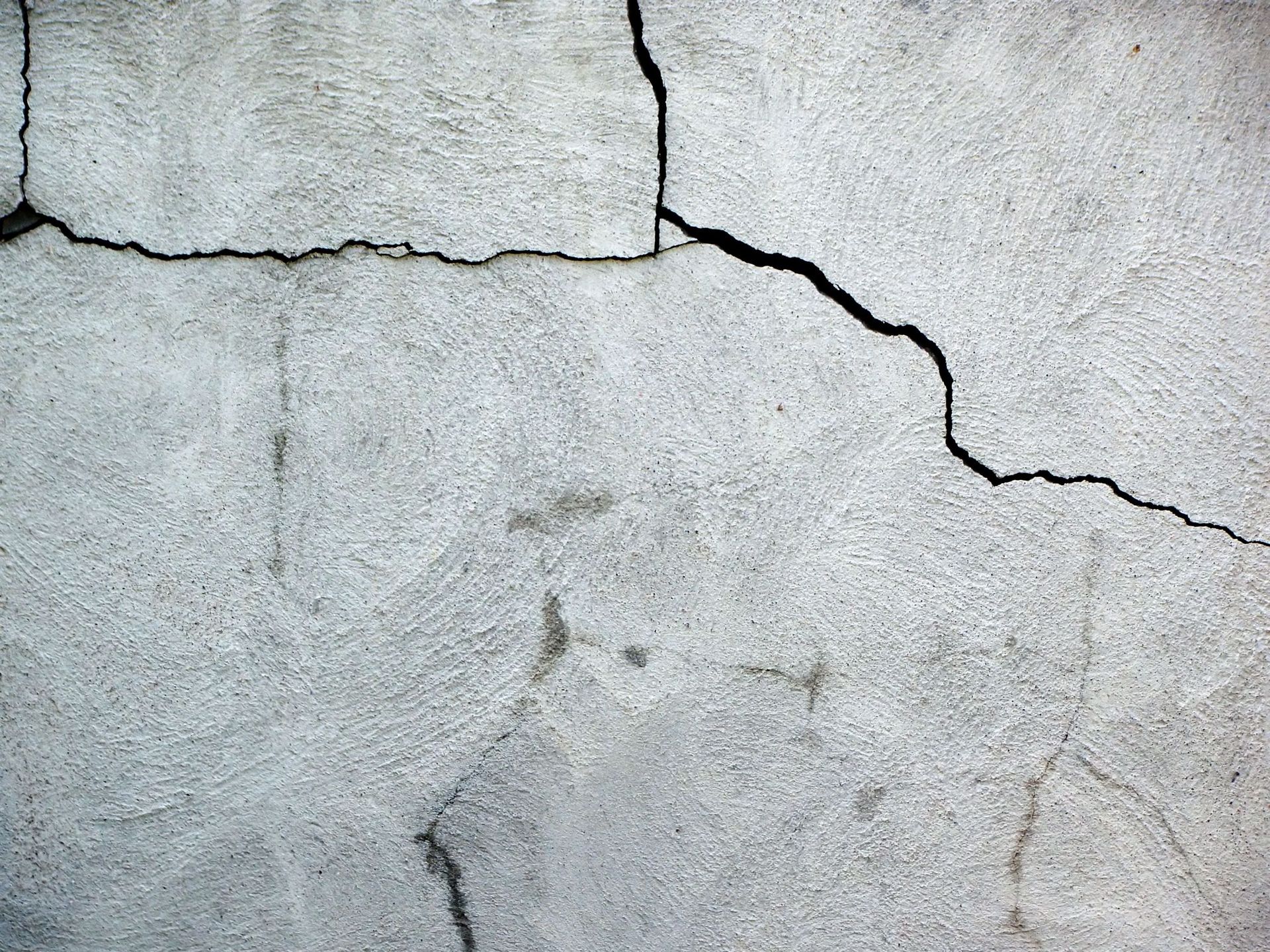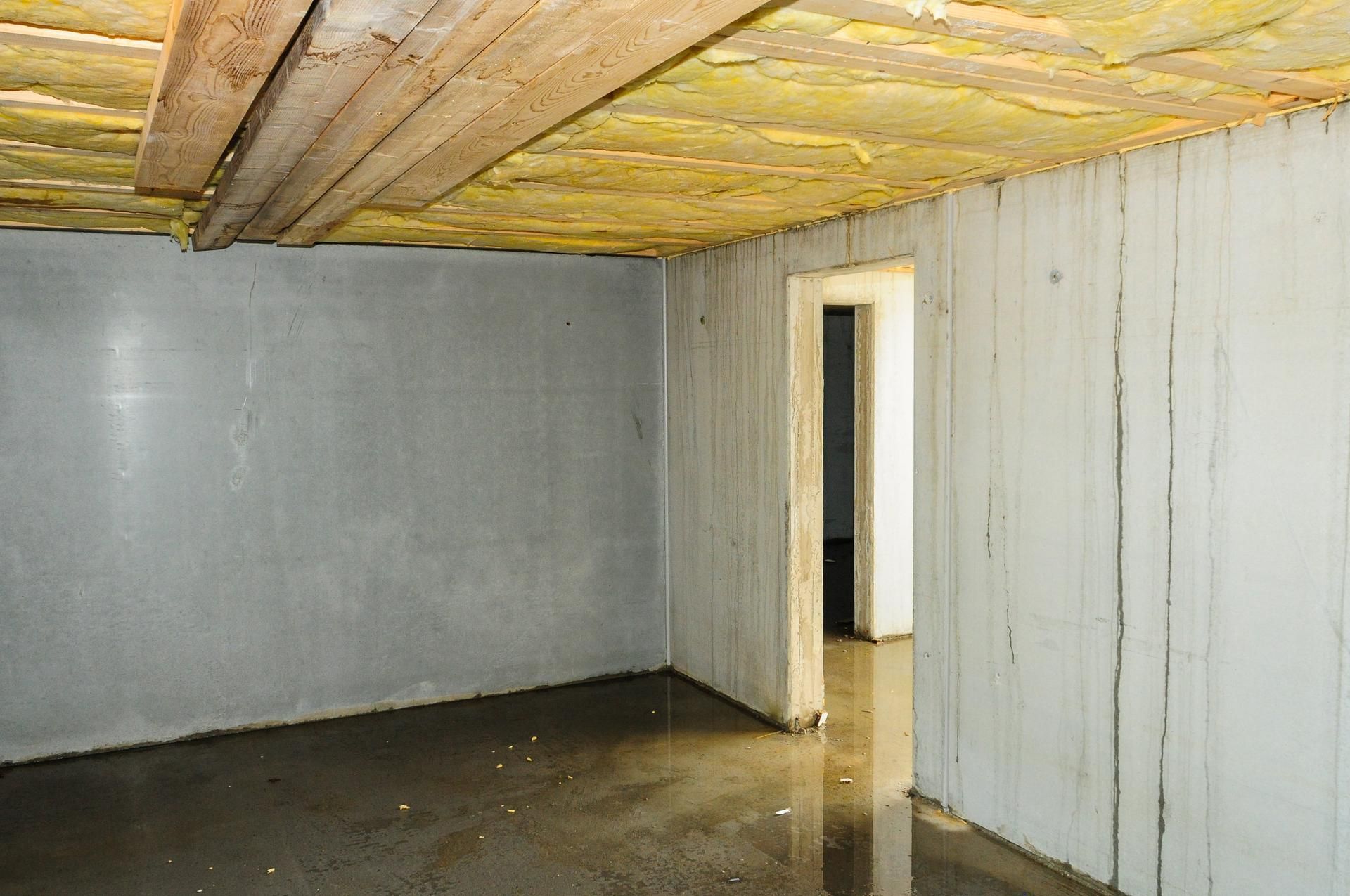Mold: What Is It and How to Get Rid of It
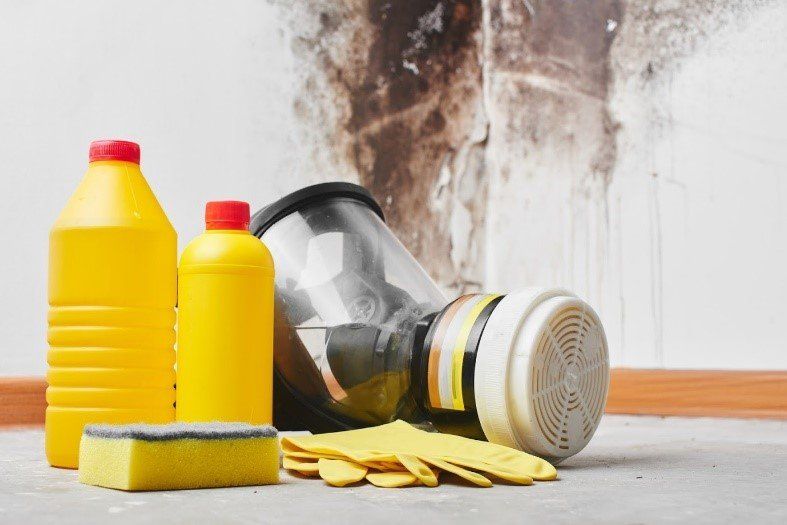
Mold is one of the more serious problems you can have in your home. Homeowners need to know what is it, how to get rid of it, and how to prevent it from coming back. Learn what you need to know.
What Exactly Is Mold?
Mold is a type of fungus. There are over 100,000 types of mold in the world. Mold likes to grow in warm, moist areas and can multiply quickly. In fact, the Environmental Protection Agency states that mold can grow in as little 24 to 48 hours if the source of moisture is not cleaned up quickly and properly.
How Did Mold Get in My House?
We continually come into contact with mold spores. They are in the air, on our clothes, and on the plastic grocery bags that we bring home from the store. Mold spores can spread throughout our home through the HBAV system. Every time your furnace or air conditioning unit cycles on, it spreads the spores throughout your home.
Mold spores can multiply quickly when they find a source of moisture and material in which to thrive. They particularly like drywall, wood, cardboard, ceiling tiles, and insulation.
Is Mold Dangerous?
While not every type of mold is dangerous to humans, you do not want any variation growing inside your home and causing damage. The mold most people think of when they think of mold inside a residence is Stachybotrys chartarum. This type of mold can be dangerous to humans, especially if it gets in their lungs.
Mold is most commonly found in homes that have water damage or high humidity level.
How Can I Get Rid of Mold?
If you find a small bit of mold in your home, you can clean the area with a solution of vinegar and water or bleach and water. Both solutions kill the mold spores. If the area is large, the mold suspected of continuing behind the walls, or the mold returns after cleaning, you need to hire a professional mold and mildew cleaning service.
How Do Professionals Get Rid of Mold?
In order to successfully remove all the mold spores, you will need to have all infected building material removed. This includes carpet, drywall, and insulation. Wood plywood, support beams, and wall studs may or not may salvageable. It depends on how much mold is growing on them.
After removal, professionals spray an antimicrobial solution on the remaining parts of your home to kill any remaining mold spores.
How Can I Prevent Mold From Returning?
The key to preventing mold from returning is to eliminate the source of water. Mold can appear due to a one-time incidence, like a broken washing machine that floods a laundry room. Repairing or replacing the washing machine will stop future mold problems.
In other cases, water damage and subsequent mold growth can be a recurring issue. It is imperative to hunt down the source of the water to prevent future issues. An attic most likely has water damage due to the immediate need for a new roof whereas a basement may flood due to the lack of a sump pump, poorly graded lot, improper drainage, or lack of waterproofing on foundation walls.
Installing a High-Efficiency Particulate Air filter, or HEPA filter, on your furnace can help filter some of the mold spores that are naturally in the air of your home. Coupling a HEPA filter with a dehumidifier to reduce the humidity in your home to below 60 percent should help combat mold spores even further and prevent future growth.
Mold can be both frustrating and frightening to deal with as a homeowner. Central Penn Waterproofing can help. We are experienced at mold and mildew clean up as well as waterproofing our basement or crawlspace to prevent future mold growth. We can help you fight the mold and get back to normal. Call us today to find out more information.


